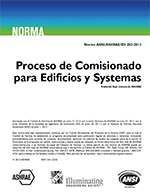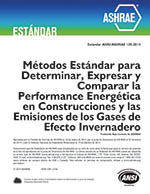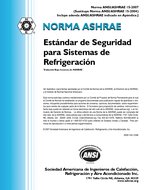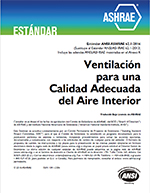Description
Evaporative cooling provides critical cooling functions in liquid desiccant systems, but both the amount and the form of the evaporative cooling has varied significantly among alternative systems. Evaluates some of these alternative systems in head-to-head comparisons intended to show their relative strengths and weaknesses. The factors associated with the interactions between evaporative cooling and liquid desiccant drying are related to the total comfort system. A simple reference load, more typical of residential than most commercial applications, is assumed in which the total latent load is dominated by the infiltration of humid ambient air into the conditioned space. This represents the most difficult situation for a desiccant system to show an advantage. Alternatives are compared with a reference, or base case, system typical of existing equipment. The alternatives to this base-case system range from a variation of the reference system, where evaporative cooling is unable to reduce the size of the air conditioner, to a “once-through” 100% ventilation system at the other extreme, where all of the cooling can be done evaporatively and no conventional air conditioner is needed. Ventilation air flows, effectively limiting random infiltration of ambient air, are shown to have a critical impact on system efficiency. Additionally, forcing a controlled exhaust of return air through an indirect evaporative cooler is shown to further reduce system energy use. Simplified comparisons of design-point fuel use, evaporative cooling water use, overall system capacities, and desiccant regeneration requirements are made for 10 alternative systems. Full evaporative cooling systems, incorporating desiccants and moderate amounts of ventilation, are shown to be functional in “normal”, nonarid climates. However, they are not the most resource-conserving or the least energy-using systems among the alternatives compared within the range of conditions considered. Systems that use a desiccant subsystem to transfer a portion of the cooling load from the air conditioner (chiller) to evaporative cooling (such as a cooling tower) provide economic benefits that span a wide range of design-point conditions and loads. These benefits include fuel savings, reduced water use, and the potential for first-cost reduction if the cost saving resulting from the reduced air-conditioner capacity is more than the cost of adding the liquid desiccant subsystem. These comparisons are intended to be applicable to all sizes, from residential to commercial, recognising that the market/product characteristics would be significantly different.
KEYWORDS: evaporative cooling, evaporative coolers, desiccants, cooling, calculating, comparing, humidity, indoor air, unit air conditioners, ventilation, efficiency, cooling towers, chillers, energy conservation.
Citation: Symposium, ASHRAE Transactions, vol.97, Pt. 1, New York 1991
Product Details
- Published:
- 1991
- Number of Pages:
- 8
- File Size:
- 1 file , 990 KB
- Product Code(s):
- D-18585




